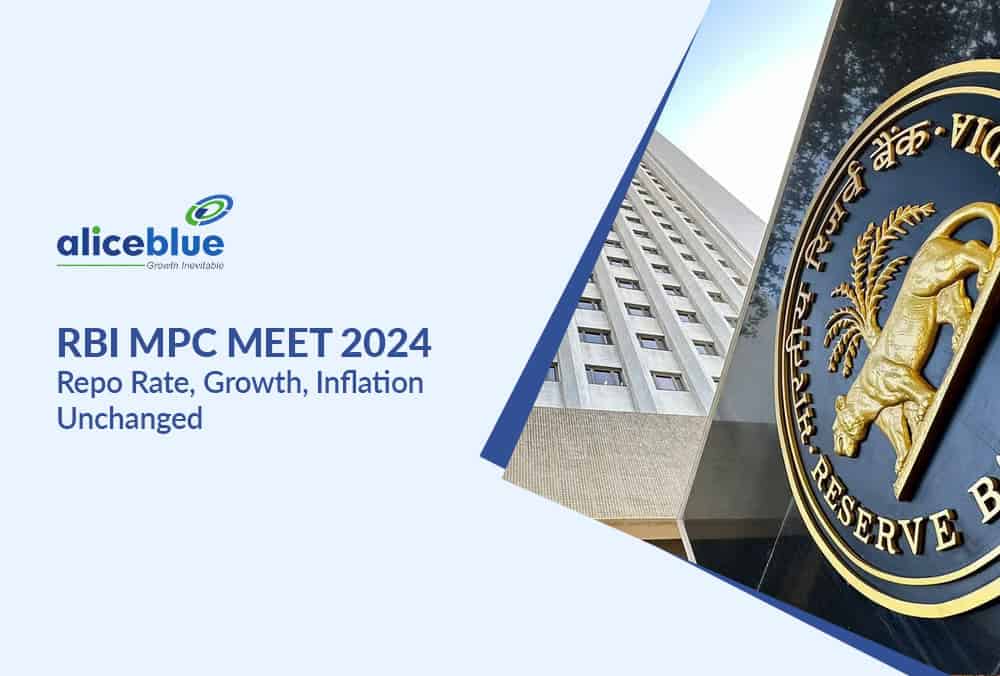The Reserve Bank of India’s Governor, Shaktikanta Das, announced the outcomes of the latest bi-monthly Monetary Policy Committee meeting, where it was decided to maintain the current repo rate with a majority vote of 4:2.

This decision aims to stabilise inflation and support economic growth. The RBI has kept the standing deposit facility (SDF) and the marginal standing facility (MSF) rates steady at 6.25%, with the bank rate a bit higher at 6.75%, reflecting a strategic approach to manage liquidity effectively for fostering economic stability and growth.
Inflation forecasts for FY25 have been set at 4.5%, with a slight decrease expected in FY26 to 4.4%. This stability in inflation expectations underlines the RBI’s commitment to controlling price pressures across the quarters. Concurrently, India’s robust real GDP growth forecast remains at 7.2% for FY25, indicating strong resilience in the sustained strength of the economy across the fiscal year.
The introduction of delegated payments in UPI transactions aims to expand digital payment usage by allowing primary users to set limits for others, enhancing financial inclusion. In parallel, the RBI plans to significantly reduce cheque clearance times from the current T+1 days to just a few hours, which will expedite banking transactions and improve overall efficiency in the financial sector.
India’s foreign exchange reserves have hit a record high of $675 billion, showcasing the country’s strong financial health and capacity to manage external shocks. This financial robustness is complemented by a substantial reduction in the current account deficit to 0.7% of GDP in FY24, down from 2% in FY23, thanks to a lower trade deficit and robust receipts from services and remittances.
Additionally, external commercial borrowings have decreased, while non-resident deposits witnessed higher inflows early in FY25, reflecting shifting patterns in foreign investment and growing confidence in India’s market.
On the domestic front, India continues to experience strong growth, driven by manufacturing and increased domestic demand, although potential agricultural impacts from La Niña conditions later in the year could pose challenges.
Market liquidity conditions remain stable, with the weighted average call rate closely aligned with the LAF corridor’s midpoint, and financial markets show eased yields on various instruments, suggesting a relaxed financial environment.
Globally, financial markets are experiencing disturbances due to geopolitical tensions and recession fears, which could impact emerging economies. However, India’s robust economic buffers are anticipated to shield it from such external shocks.
The RBI has also urged banks to enhance their risk management, especially in dealing with third-party technology services, following disruptions like the global Microsoft outage. This proactive approach aims to minimise future technological disruptions and maintain stability in banking operations.









